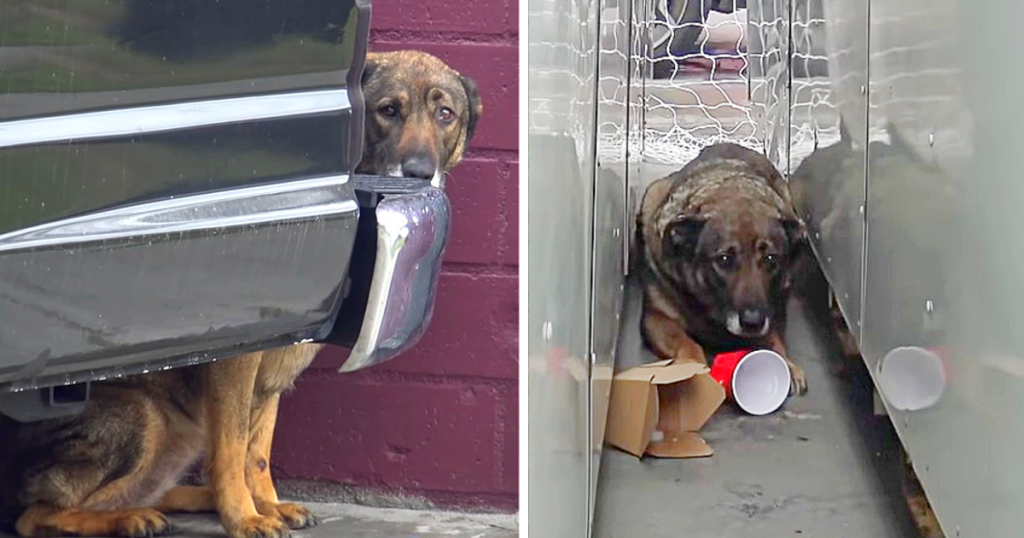
Working with wonderful woofers, the sort of furry joy-bringers that make a difference in people’s lives?
Pitching in with a pack of incredible pups can make a lasting impression on a person’s mind, outlook, and, for sure, their spirit, too.
And that chance to lend a hand, your time, some empathy and understanding, and a whole lot of love is coming up, on Dec. 11, thanks to a “puppy raiser” training session with Guide Dogs of America.
This is a virtual happening, via Zoom, and it will be the final online information event before in-person gatherings return to the Sylmar campus in 2022.
Guide Dogs of American pairs trained pups with “… individuals who are blind/visually impaired and service dogs for veterans and children with autism,” with dogs also being placed in “hospitals, schools, and courtrooms.”
“Our highly skilled canines become trusted companions that increase people’s confidence, mobility, and independence. All programs and services, including transportation, personalized training, room/board, and postgraduate support, are provided at no cost to the recipient,” states the organization on its site.
And helping the organization achieve its mission?
Puppy raisers, those dedicated volunteers who are among some of the first people a young, in-training dog gets to know, trust, and adore.
If you choose to pursue volunteering for this life-changing role, there’ll be a few initial considerations, as well as matters you’ll want to mull.
One consideration? Where you reside. You and the puppy in your care will need to call upon the Sylmar campus on occasion, and attendance at both monthly puppy group meetings and “puppy kindergarten classes” is required.
The Dec. 11 information session will address what you can expect from meetings and classes, as well as what at-home life will be like with the future guide dog you’re helping to raise.
Questions covered include the breeds and types of puppies that volunteers raise, what can be expected in terms of puppy proofing and such, what out-of-pocket expenses might look like, and how long the puppy will live in your home.
And, yes: “(W)hat happens when the dogs ‘go off to college’ to begin formal training” is also a central topic of the session, as well as how dogs are paired with their forever people once they’ve graduated.
The word straight from Sylmar? “We ALWAYS need puppy raisers,” says Stephanie Colman, the coordinator of the puppy program.
So even if you can’t join the December Zoom, you can plan to attend an in-person information session on the Guide Dogs of America campus, in early 2022.
Could this be your new year’s resolution?
The abandoned and scared puppy lets forth tears at every figure that comes near.
People claim the dog cries “human-like.”

Rain, a German Shepherd noted for sobbing because he cries every time someone approaches him for aid, has touched many people. A story that also demonstrates how memories of abuse may mentally scar an animal and entirely affect its perspective on the world.
Traumatized dogs no longer perceive the world as a place where they may be joyful and loved; instead, everything has darkened for them, scaring and terrifying them. Furthermore, they no longer trust males and see little hope for a better life.
Rain, the German Shepherd dog who cries as you approach him.

The dog had been hiding beneath a van for several days, clinging to the wall behind the automobile for fear of being seen by someone. He couldn’t stop himself from shivering violently. So the locals decided to take action.
The animal rights charity “Hope For Paws” was notified by the neighbors. Volunteers then arrived to assist the dog. They attempted to approach him by showing him a burger, believing that the meal would pique his interest. Rain, on the other hand, was frozen in fear.
The German Shepherd then began to scream heartbreakingly loudly. The dog was attempting to persuade the rescuers to go since he does not trust them. They realized it would be difficult to help this sick dog. Loreta, one of the rescuers, recognized the dog’s difficult background.

It’s difficult to picture the type of abuse this dog must have received. Rescuers have never previously heard an animal wail like this. They were in terrible need. Rain crept out from beneath the car to hide in an even tighter location, making things much worse. He desired to establish separation.
On the bright side, the rescue crew placed a net on one side, while Loreta stood on the other, attempting to attract Rain’s attention. And it finally worked! The dog was apprehended, but he began wailing again and couldn’t stop since he was terrified of the scenario. He was expecting the worst.
Rain stopped crying and eventually calmed down after being taken to a veterinarian clinic for a health check, and seeing that no one wanted to hurt him, the dog was swiftly transported to a veterinary clinic for a health check. He eventually learnt to cope with his trauma. In addition, the dog was improving with each passing day.

Rain grew friendly and was able to find a temporary foster family until he could find a permanent home. He is now known as “Sassy Pants Dunbar,” which suits his wonderful attitude.
This German Shepherd had a joyful ending, which we hope will continue in perpetuity.



Leave a Reply